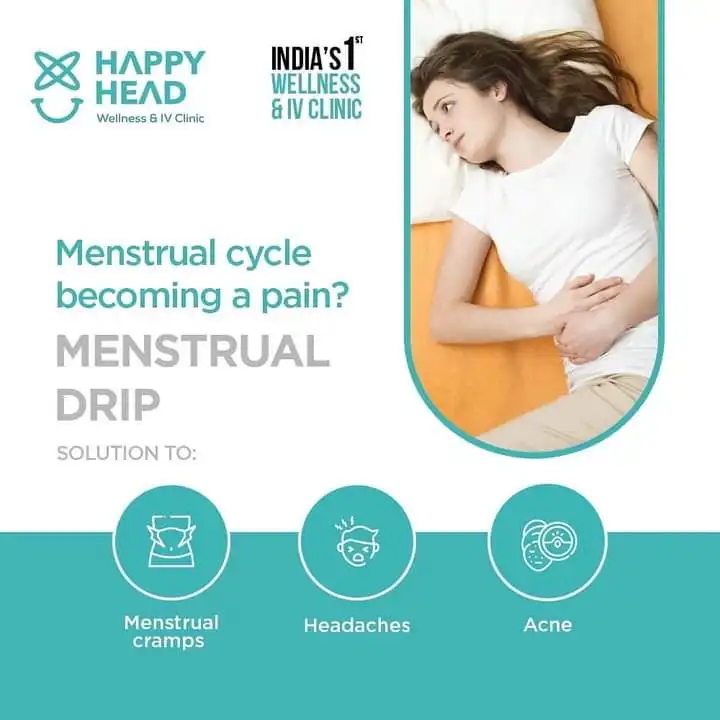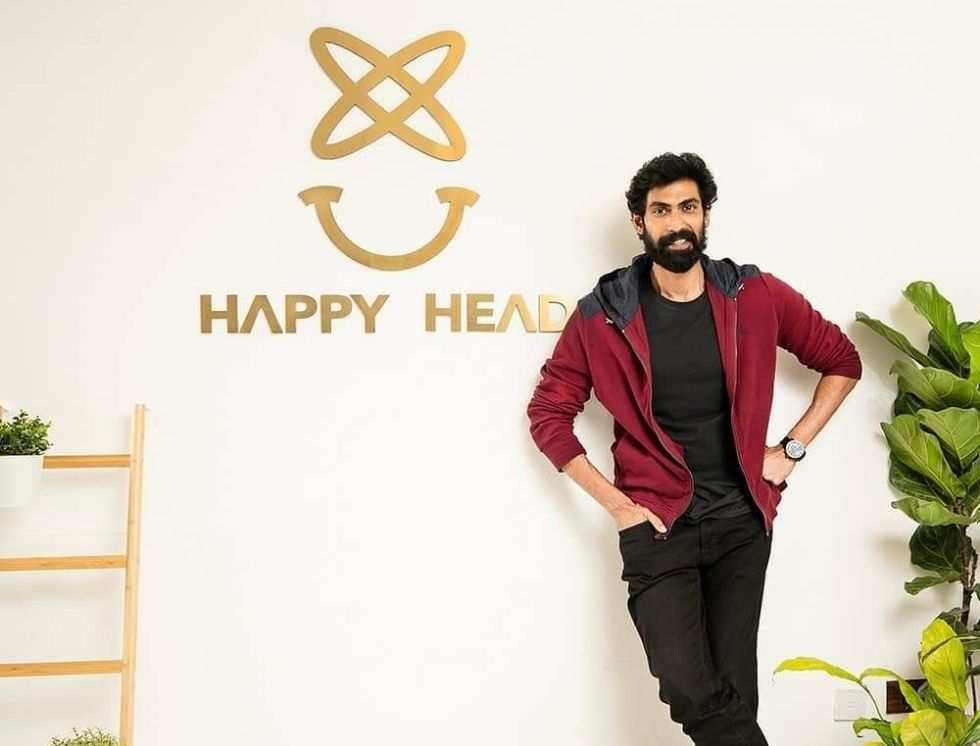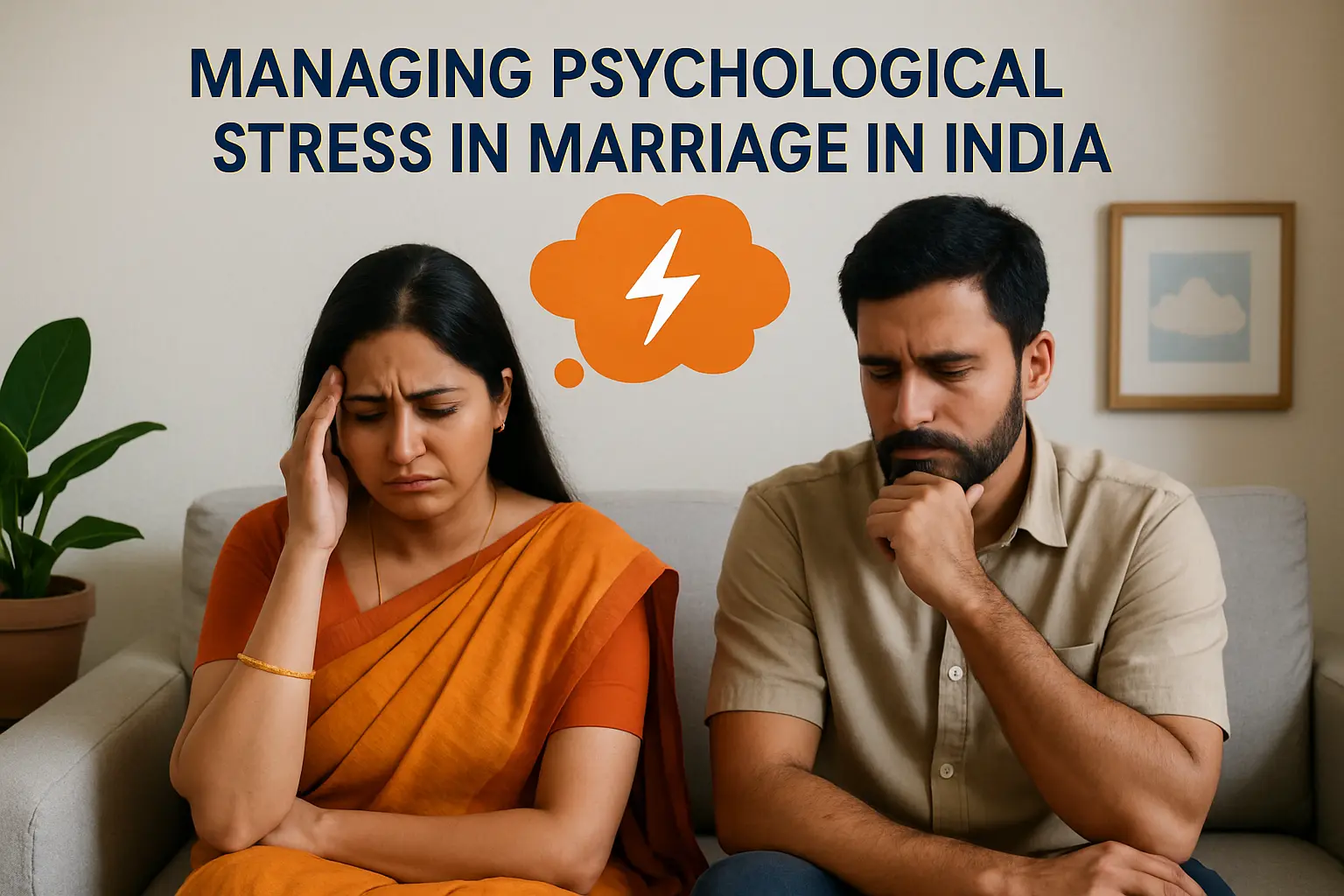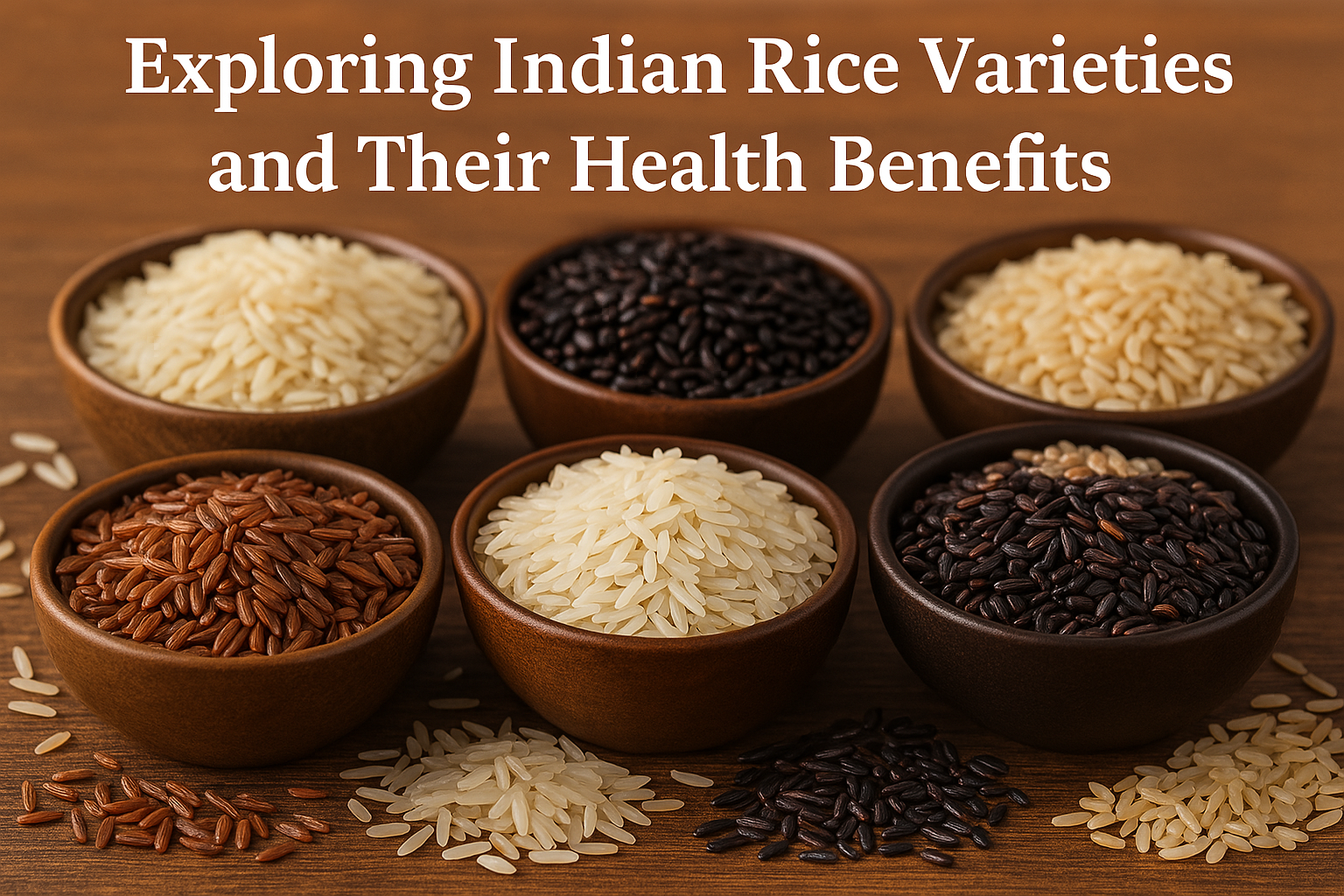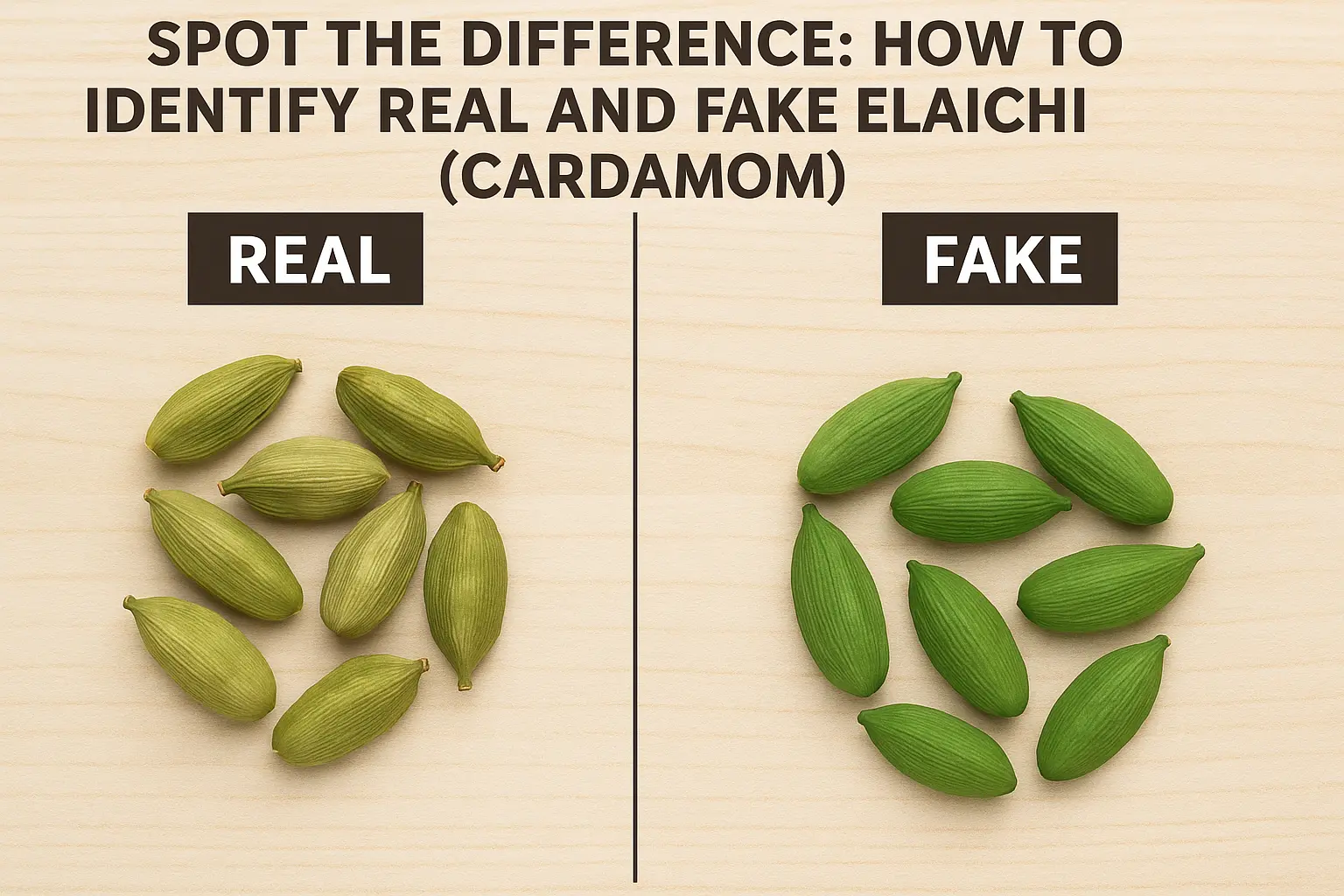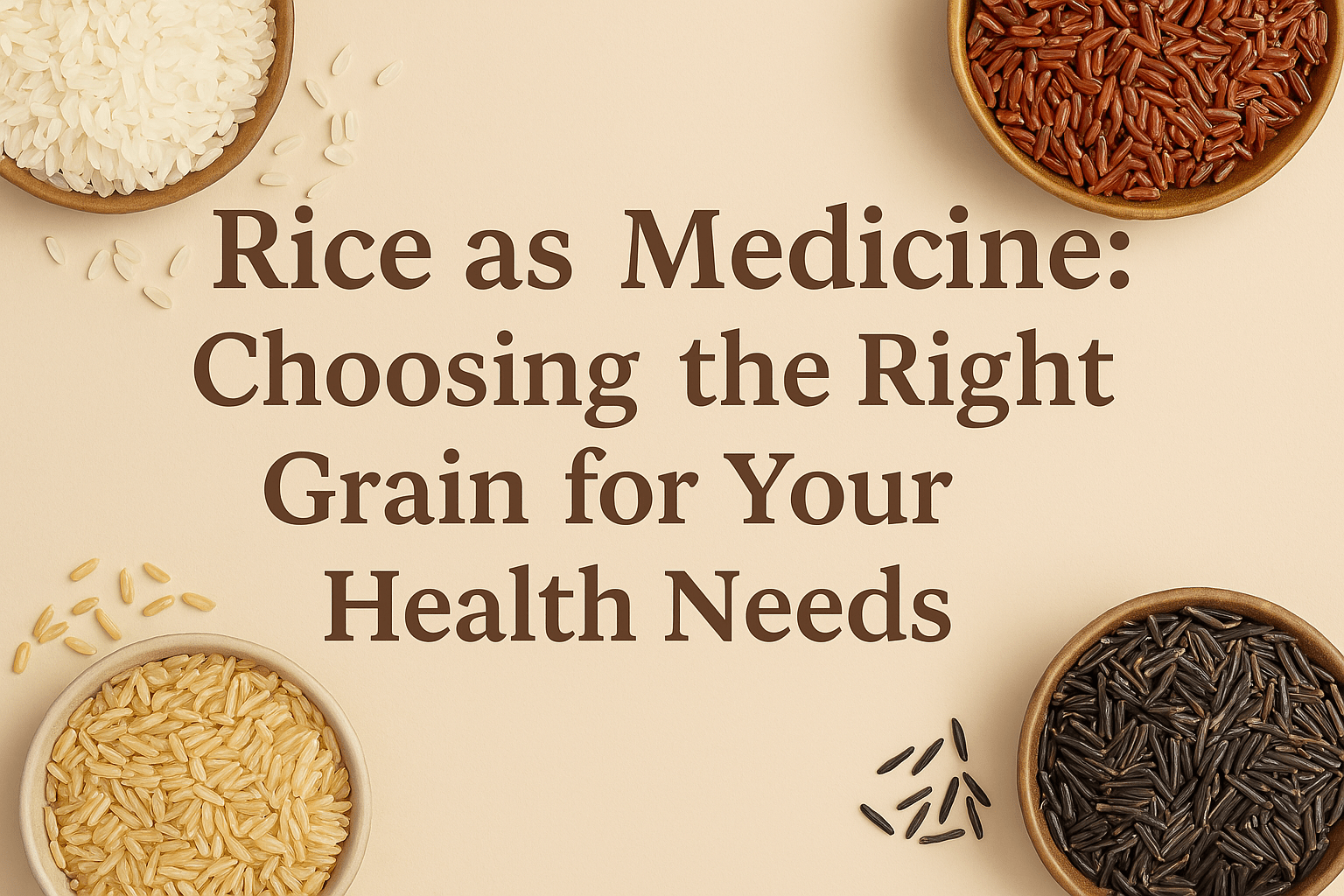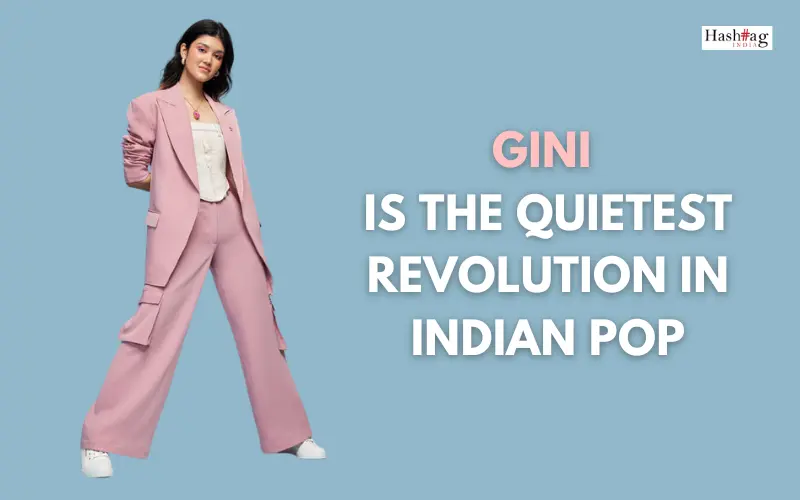With Rana Dagubatti on board as an ambassador, India’s first exclusive IV clinic, Happy Head,opened its doors to the public this year. Set up by four doctors who believe in wellness as a way of life, the clinic offers quick solutions to issues right from PMS and vitamin deficiency to jetlag and hangovers. Juveria Tabassum pays a visit to learn more…
What happens when four doctors get talking at a party in the middle of a pandemic? According to gynaecologist Dr Snehalatha, they discuss the concept of overall wellness, and how it can be dished out to people living life in the fast lane. The result? Well, three months on, and Hyderabad is home to Happy Head, India’s first exclusive wellness and IV clinic.
Rana On Board:An entrepreneur and a fitness enthusiast, Rana was quite excited to be the ambassador and was happy to share some of his inputs for the clinic.
“We decided to provide intravenous(IV) drugs instead of the usual oral supplements because IV has a faster absorption rate. Unlike oral drugs that go through the process of metabolism and traverse your digestive tract before reaching your bloodstream, IV drugs have an immediate 100% absorption rate. They are easy, convenient and effective,” believes Dr Sri Sai Nivya, a general physician, and one of the four co-founders of the clinic, along with Dr Sneha, Dr Venkaya, and Dr Mounica. The clinic offers drips for boosting immunity and vitamin levels, something that should interest the crowd given the current times.
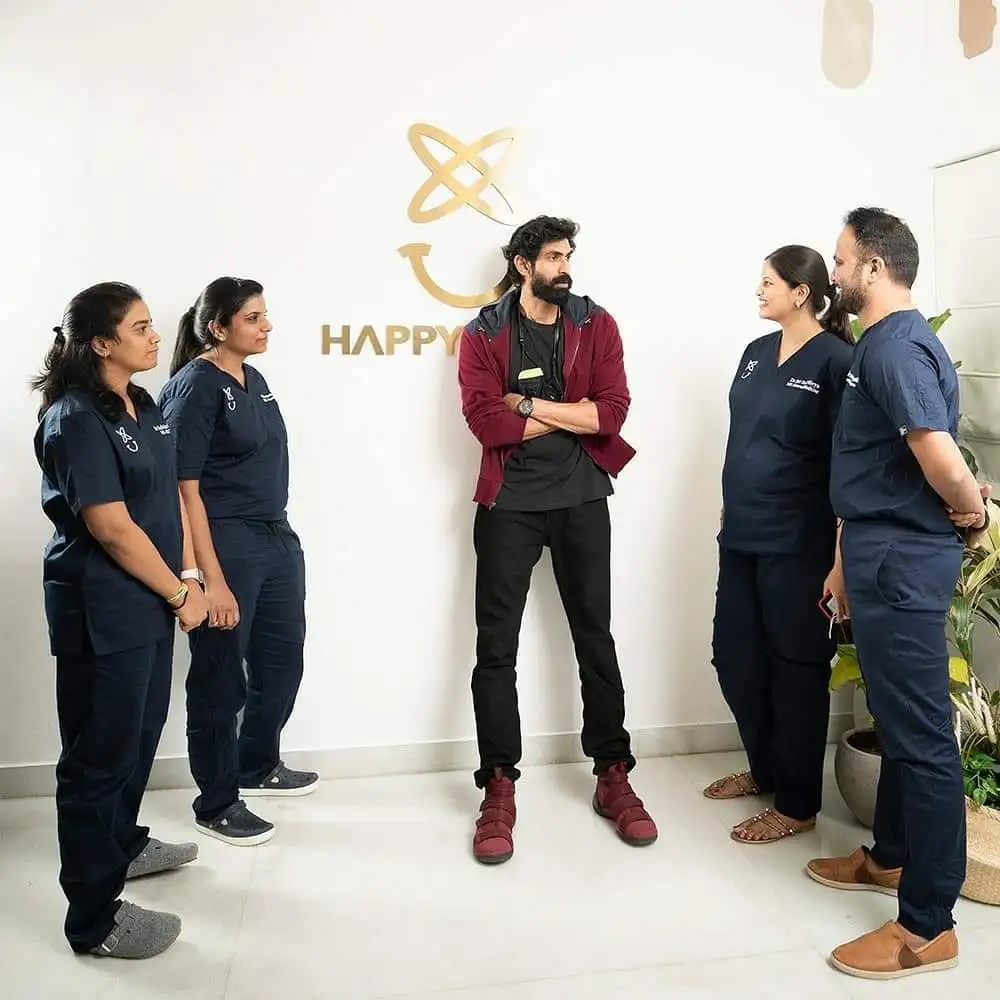
Also on the roster is a glow drip that claims to rejuvenate your skin with antioxidants such as glutathione which helps release stress and deal with environmental factors that may be harming your skin. The clinic also offers a mineral substitute drip for vegans, and a recovery drip for extreme athletes to help recover from strenuous activity. For people fraught with PMS and menstrual cramps, there is an IV solution to be taken immediately after ovulation, or right before your period. Jetlag and hangover drips are offered to help provide quick recovery from these tedious states.
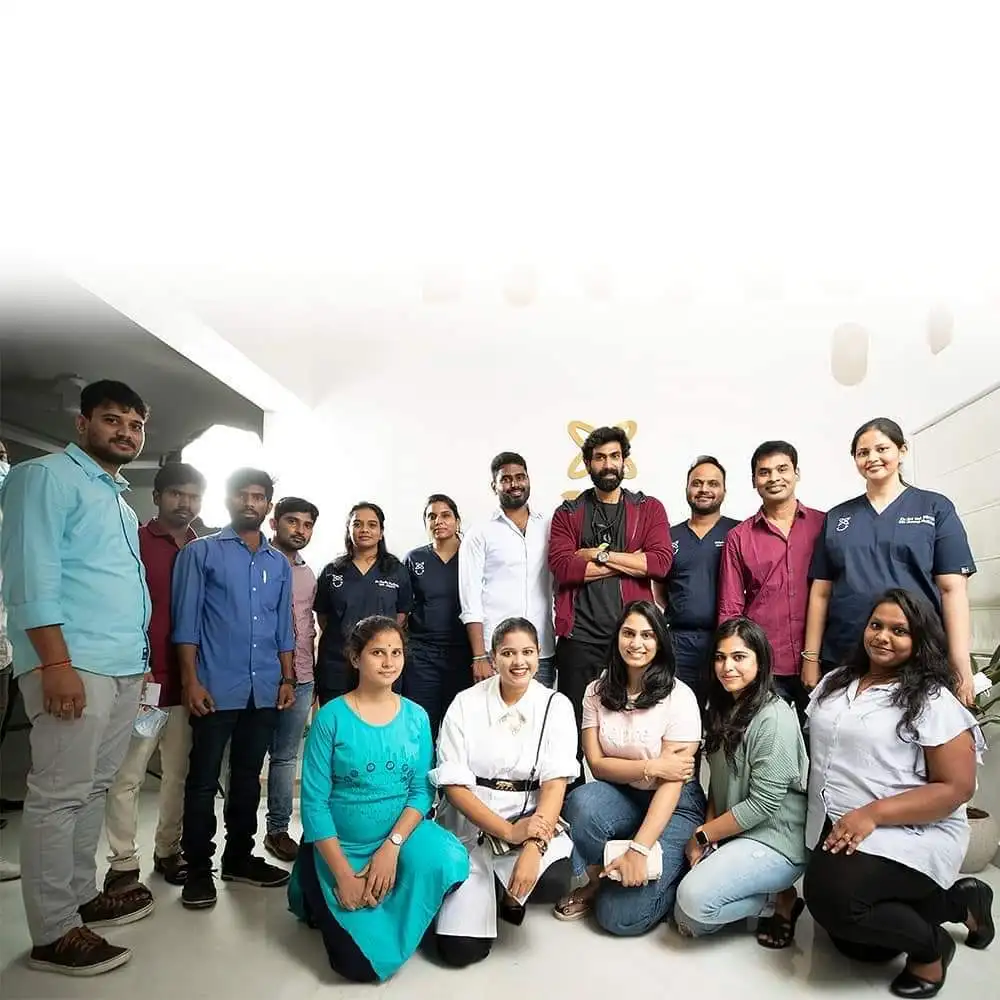
Dr Nivya shares that the clinic also provides vaccinations for diseases such as Hepatitis, which are highly contagious, along with shots for the flu. Diagnostic testing and on-board psychiatric help is also offered. Rana Daggubati, who is the brand ambassador for the clinic was spotted trying oxygen therapy at the clinic. Coming in flavours such as lemongrass, the “Oxy-bar” as it is called provides pure oxygen, which, according to Dr Nivya is important in times when we wear masks constantly and possibly re-inhale toxic carbon dioxide. She shares that pure oxygen is necessary for cell regeneration, and building overall immunity.
Batting Away PMS:The menstrual drip is to be given right after ovulation, or right before the start of your period. People experience PMS which takes a physical and emotional toll on our bodies every month. The IV offers relief from the pain, and helps you feel replenished. Ideally, it can be taken for three cycles.
The doctors traveled to Dubai to try the drips for themselves as part of the research that went behind setting up the IV clinic. They believe that the stigma around needles has kept India away from the phenomenon of an IV clinic, although the trend has seen a steady growth worldwide.
